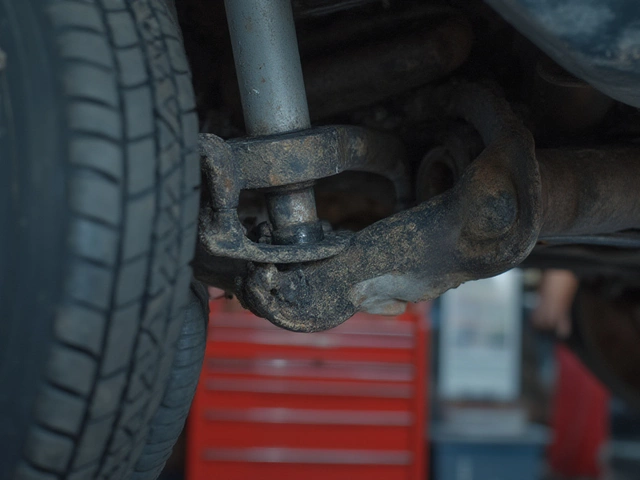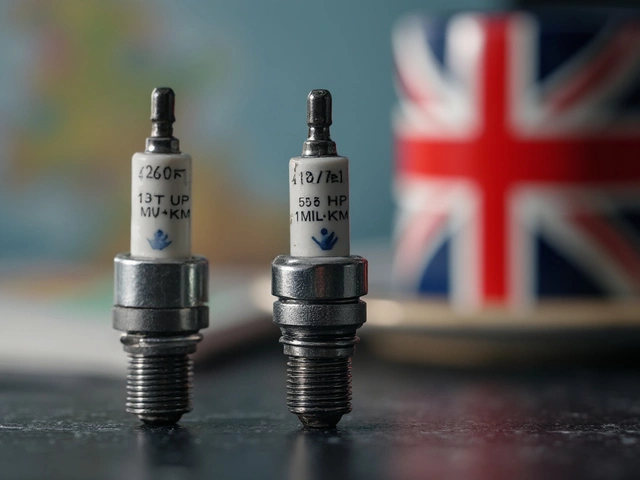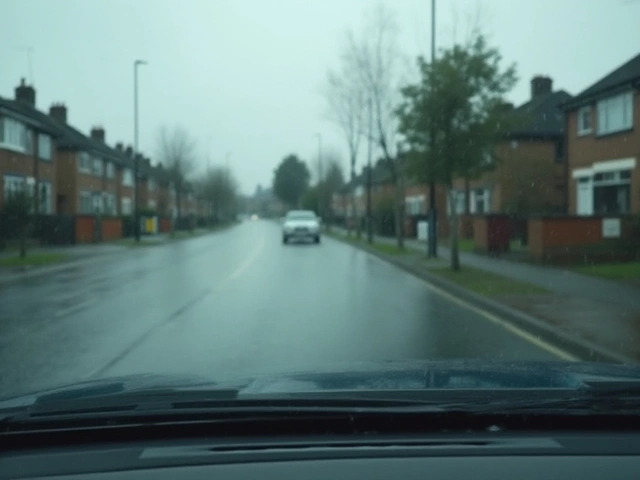Low Oil Symptoms: What Your Car Is Trying to Tell You
Ever glance at the dashboard and wonder why that little oil icon keeps flashing? It’s not just a nuisance – it’s a warning that the engine isn’t getting enough lubrication. Ignoring it can lead to costly repairs, so let’s break down the most common low oil symptoms and what you should do right now.
Dashboard Lights and Gauge Readings
The quickest clue is the oil pressure warning light. If it stays on after a short drive, the oil level is probably low or the pump isn’t working. Pair that with a dipstick check – pull it out, wipe it clean, re‑insert, and look at the mark. If the oil line sits below the “min” mark, you’ve got a problem.
Don’t rely on the gauge alone; some cars have a separate oil level indicator that can be inaccurate if the sensor is dirty. A quick visual check of the dipstick eliminates that guesswork.
Noise, Smoke, and Overheating
When oil is scarce, the engine parts start grinding against each other. Listen for a ticking or knocking sound, especially when you’re idling or accelerating. That clatter is the metal screaming for protection.
Another red flag is blue‑gray smoke from the exhaust. Low oil can cause oil to burn in the combustion chamber, producing that distinct smoke. If you see it, stop the car as soon as it’s safe and check the oil level.
Heat is a silent enemy. Low oil reduces the engine’s ability to dissipate heat, so the temperature gauge may climb faster than usual. If the needle hits the red zone, pull over and let the engine cool before checking the oil.
Don’t forget the simple visual cue: oil spots under the car. A fresh puddle that’s dark brown or black indicates a leak, which can quickly drop the oil level.
All these symptoms point to the same issue – your engine isn’t protected. The best move is to top up with the correct oil grade and set an appointment with a trusted garage. At Northwich Tyres Centre, we can check the oil, replace the filter, and run a pressure test to make sure everything’s back in shape.
While you’re there, ask about an oil change schedule. Most modern cars need a change every 8,000‑10,000 km, but driving habits and climate can shorten that interval. A regular oil change keeps the engine slick and helps prevent low‑oil emergencies.
In a pinch, you can add a small amount of the right oil type to bring the level up to the “min” mark, but treat it as a temporary fix. Driving for long periods on low oil, even after topping up, can still cause wear because the oil may be old or contaminated.
Here’s a quick checklist for low‑oil awareness:
- Watch for the oil warning light or gauge drop.
- Listen for ticking or knocking noises.
- Notice any blue‑gray smoke from the exhaust.
- Check the temperature gauge for unusual rise.
- Look for oil spots under the vehicle.
If any of these show up, stop, check the dipstick, and top up if needed. Then get a professional inspection to rule out leaks or pump problems.
Keeping an eye on low oil symptoms protects your engine, saves money, and keeps you safe on the road. Next time the oil light flickers, you’ll know exactly what to do – and you’ll have a trusted partner at Northwich Tyres Centre ready to help.
 8 January 2025
8 January 2025
Signs Your Car Needs an Oil Refill: Recognizing Low Oil Symptoms
Recognizing when a car is low on oil is essential for maintaining engine health and avoiding costly repairs. This article explores the behaviors and symptoms a car exhibits when oil levels are insufficient, including unusual engine noises, warning lights, and performance issues. Armed with this knowledge, car owners can take proactive steps to ensure their vehicle runs smoothly. Practical tips for checking oil levels and preventing damage are also discussed. Understanding these signs can significantly extend the lifespan of a car's engine.
Latest Posts
-

Bad Struts Symptoms: Signs Your Car Suspension Needs Attention
-

How to Test a Fuel Pump: Step-by-Step Guide for Accurate Diagnosis
-

Spark Plug Lifespan in KM: What You Need to Know
-

How to Use Windscreen Wipers Like a Pro: Tips for Clear Visibility
-

Exploring the Lifespan of Car Engine Oil for Optimal Performance

0